点击注册后进行登录 页面如下图所示很是简洁,也省去了很多复杂的流程
需要进行充值
价格相对公道,个人开发测试完全够用
我的应用中有后续开发要用到的AppId和AppSecret
短信模板中可以根据个人需要进行编辑但是要进行审核
后续开发中需要用到模版的ID
在官网的开发文档中有SDK开发文档
文章目录
一、在Spring boot工程中创建一个发送验证码的API
1.创建一个新的Maven 模块
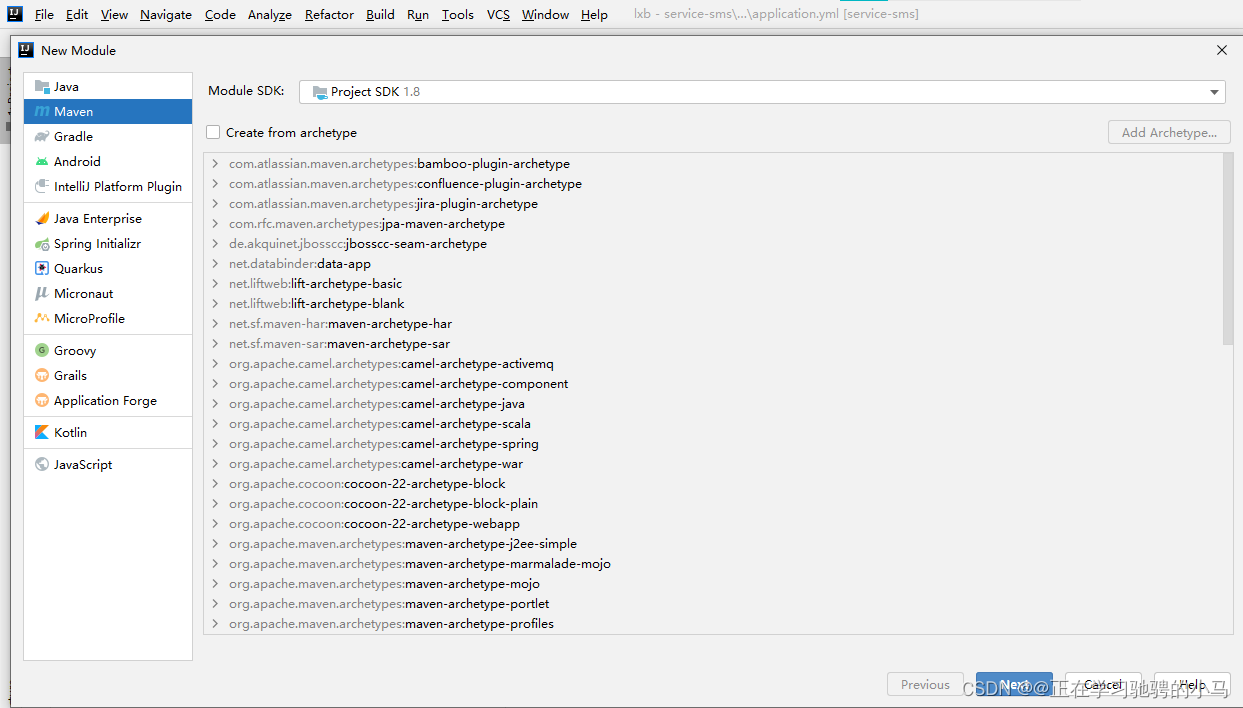
2.引入相关依赖
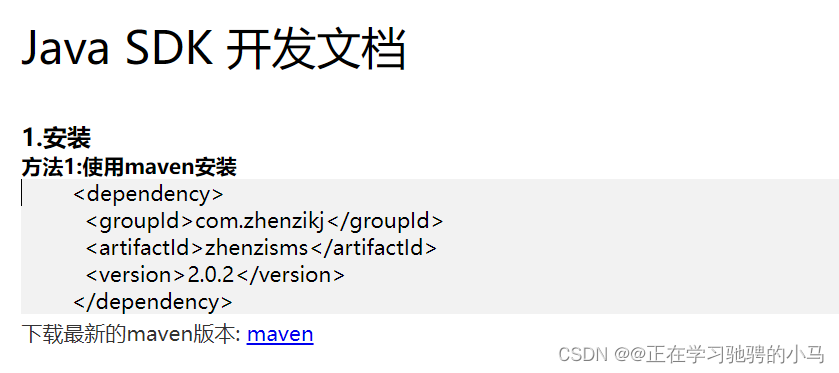
3.编写配置文件
server:
port: 8223
spring:
profiles:
active: dev
application:
name: service-sms
# redis数据库配置
redis:
host: 127.0.0.1
port: 6379
timeout: 3000ms
lettuce:
pool:
max-idle: 5
min-idle: 0
# nacos配置
cloud:
nacos:
discovery:
server-addr: localhost:8848 # nacos服务地址
# 远程服务调用
feign:
client:
config:
default:
connectTimeout: 10000 #连接超时配置
readTimeout: 600000 #执行超时配置
# 如果想要使用配置文件进行 榛子云配置 可以像下方这样
zhenziyun:
sms:
file:
apiUrl: 你的apiUrl
appId: 你的appId
appSecret: 你的appSecret
templateId: 你的短信模版
4.创建启动类以及添加随机数生成工具类
@SpringBootApplication(exclude= {DataSourceAutoConfiguration.class})
@EnableFeignClients
@ComponentScan("com.ts")
public class SmsApplication {
public static void main(String[] args) {
SpringApplication.run(SmsApplication.class,args);
}
}
public class RandomUtils {
private static final Random random = new Random();
private static final DecimalFormat fourdf = new DecimalFormat("0000");
private static final DecimalFormat sixdf = new DecimalFormat("000000");
public static String getFourBitRandom() {
return fourdf.format(random.nextInt(10000));
}
public static String getSixBitRandom() {
return sixdf.format(random.nextInt(1000000));
}
/**
* 给定数组,抽取n个数据
* @param list
* @param n
* @return
*/
public static ArrayList getRandom(List list, int n) {
Random random = new Random();
HashMap<Object, Object> hashMap = new HashMap<Object, Object>();
// 生成随机数字并存入HashMap
for (int i = 0; i < list.size(); i++) {
int number = random.nextInt(100) + 1;
hashMap.put(number, i);
}
// 从HashMap导入数组
Object[] robjs = hashMap.values().toArray();
ArrayList r = new ArrayList();
// 遍历数组并打印数据
for (int i = 0; i < n; i++) {
r.add(list.get((int) robjs[i]));
System.out.print(list.get((int) robjs[i]) + "\t");
}
System.out.print("\n");
return r;
}
}
5.Controller层
@RestController
@RequestMapping("/lxb/sms")
@Api(tags = "短信管理")
@CrossOrigin
public class ApiSmsController {
@Resource
private SmsService smsService;
@Resource
RedisTemplate redisTemplate;
@ApiOperation("获取验证码")
@GetMapping("/send/{mobile}")
public Map<String,Object> SmsSend(
@ApiParam(value = "手机号",required = true)
@PathVariable String mobile
){
//判断手机号是否已经被注册
//Map<String, Object> byMobile = smsClient.getByMobile(mobile);
//boolean b= (boolean) byMobile.get("data");
HashMap<String, Object> stringObjectHashMap = new HashMap<>();
// if(!b){
// 1.生成随机数
String fourBitRandom = RandomUtils.getFourBitRandom();
smsService.sendMessage(mobile,fourBitRandom);
redisTemplate.opsForValue().set("lxb:sms:code:"+mobile,fourBitRandom,5, TimeUnit.MINUTES);
stringObjectHashMap.put("code",0);
stringObjectHashMap.put("message","短信发送成功");
// }
// else
// {
// stringObjectHashMap.put("code",404);
// stringObjectHashMap.put("message","短信发送失败");
//该手机号已经被认证过
// }
return stringObjectHashMap;
}
}
6.Service层
public interface SmsService {
void sendMessage(String mobile, String fourBitRandom);
}
7.Impl实现类以及从配置文件中获取Secret、Id、模版Id的工具类
@Service
public class SmsServiceImpl implements SmsService {
@Override
public void sendMessage(String mobile, String fourBitRandom) {
ZhenziSmsClient client=new ZhenziSmsClient(SmsUtils.API_URL,SmsUtils.APP_ID,SmsUtils.APP_SECRET);
HashMap<String, Object> map = new HashMap<>();
map.put("templateId","12812");
map.put("number",mobile);
String[] templateParams=new String[2];
templateParams[0]=fourBitRandom;
templateParams[1]="3";
map.put("templateParams",templateParams);
try {
String result = client.send(map);
System.out.println(result);
} catch (Exception e) {
e.printStackTrace();
}
}
}
package com.ts.oss.util;
import org.springframework.beans.factory.InitializingBean;
import org.springframework.beans.factory.annotation.Value;
import org.springframework.stereotype.Component;
@Component
public class SmsUtils implements InitializingBean {
@Value("${zhenziyun.sms.file.apiUrl}")
private String apiUrl;
@Value("${zhenziyun.sms.file.appId}")
private String appId;
@Value("${zhenziyun.sms.file.appSecret}")
private String appSecret;
@Value("${zhenziyun.sms.file.templateId}")
private String templateId;
//定义公开静态常量 供其他方法使用
public static String API_URL;
public static String APP_ID;
public static String APP_SECRET;
public static String TEMPLATED_ID;
@Override
public void afterPropertiesSet() throws Exception {
API_URL=apiUrl;
APP_ID=appId;
APP_SECRET=appSecret;
TEMPLATED_ID=templateId;
}
}
提示:以下是本篇文章正文内容
二、Android 通过网络请求调用API实现验证码的发送?
1.权限的配置
<uses-permission android:name="android.permission.INTERNET" />
2.依赖的导入
implementation 'com.google.code.gson:gson:2.8.5'
implementation 'com.squareup.okhttp3:okhttp:4.4.1'
3.Xml文件的编写(UI界面的绘制)
<?xml version="1.0" encoding="utf-8"?>
<LinearLayout xmlns:android="http://schemas.android.com/apk/res/android"
xmlns:app="http://schemas.android.com/apk/res-auto"
xmlns:tools="http://schemas.android.com/tools"
android:layout_width="match_parent"
android:layout_height="match_parent"
android:orientation="vertical"
tools:context=".MainActivity">
<EditText
android:hint="请输入手机号"
android:id="@+id/mobile"
android:layout_width="match_parent"
android:layout_height="wrap_content"/>
<Button
android:layout_gravity="center"
android:id="@+id/sendMessage"
android:layout_width="wrap_content"
android:layout_height="wrap_content"
android:text="发送验证码"
tools:ignore="MissingConstraints" />
</LinearLayout>
4.Activity方法的代码
public class MainActivity extends AppCompatActivity implements View.OnClickListener {
private Button button;
private EditText editText;
@SuppressLint("MissingInflatedId")
@Override
protected void onCreate(Bundle savedInstanceState) {
super.onCreate(savedInstanceState);
setContentView(R.layout.activity_main);
editText=findViewById(R.id.mobile);
button=findViewById(R.id.sendMessage);
button.setOnClickListener(this);
}
@Override
public void onClick(View view) {
switch (view.getId()){
case R.id.sendMessage:
String phonenumber=editText.getText().toString();
//发送验证码
OkHttpClient client= new OkHttpClient();//创建HTTP客户端
String Url="http://你的IPv4地址:服务的端口号/lxb/sms/send"+"/"+phonenumber;
Request request=new Request.Builder()
.url(Url)
.build();
client.newCall(request).enqueue(new Callback() {
@Override
public void onFailure(@NonNull Call call, @NonNull IOException e) {
e.printStackTrace();
}
@Override
public void onResponse(@NonNull Call call, @NonNull Response response) throws IOException {
runOnUiThread(new Runnable() {
@Override
public void run() {
Toast.makeText(getBaseContext(),"验证码发送成功",Toast.LENGTH_LONG).show();
}
});
}
});
}
}
三、实现效果图

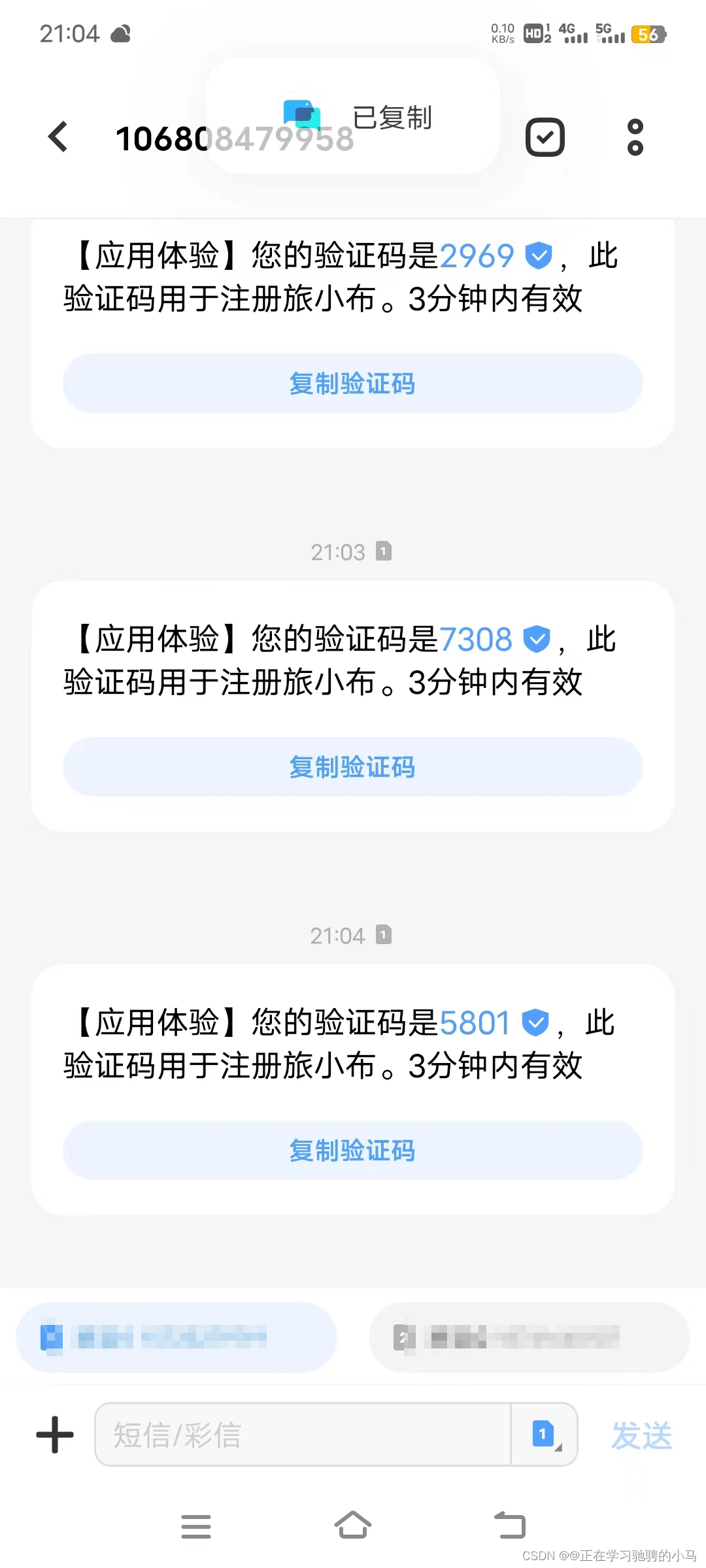







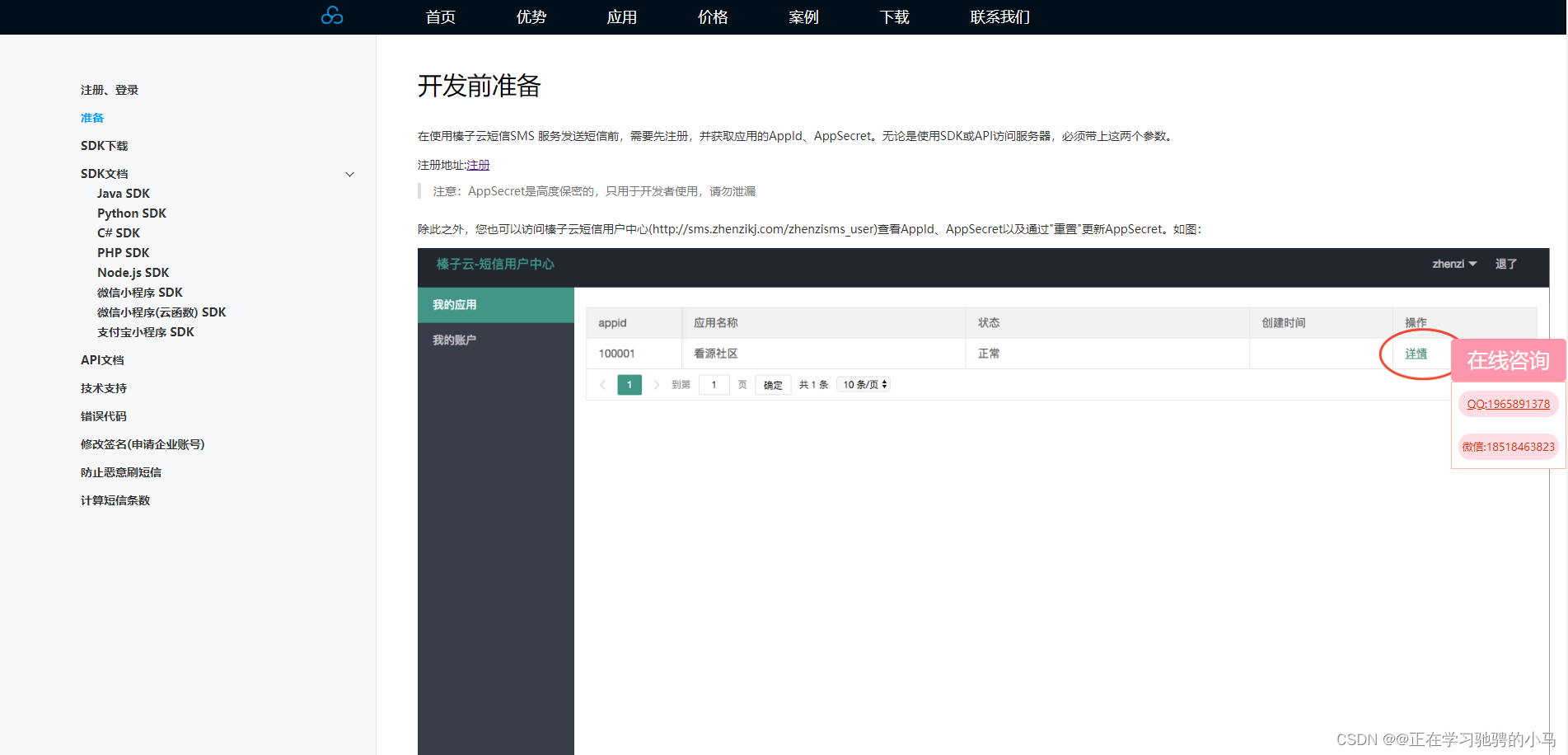



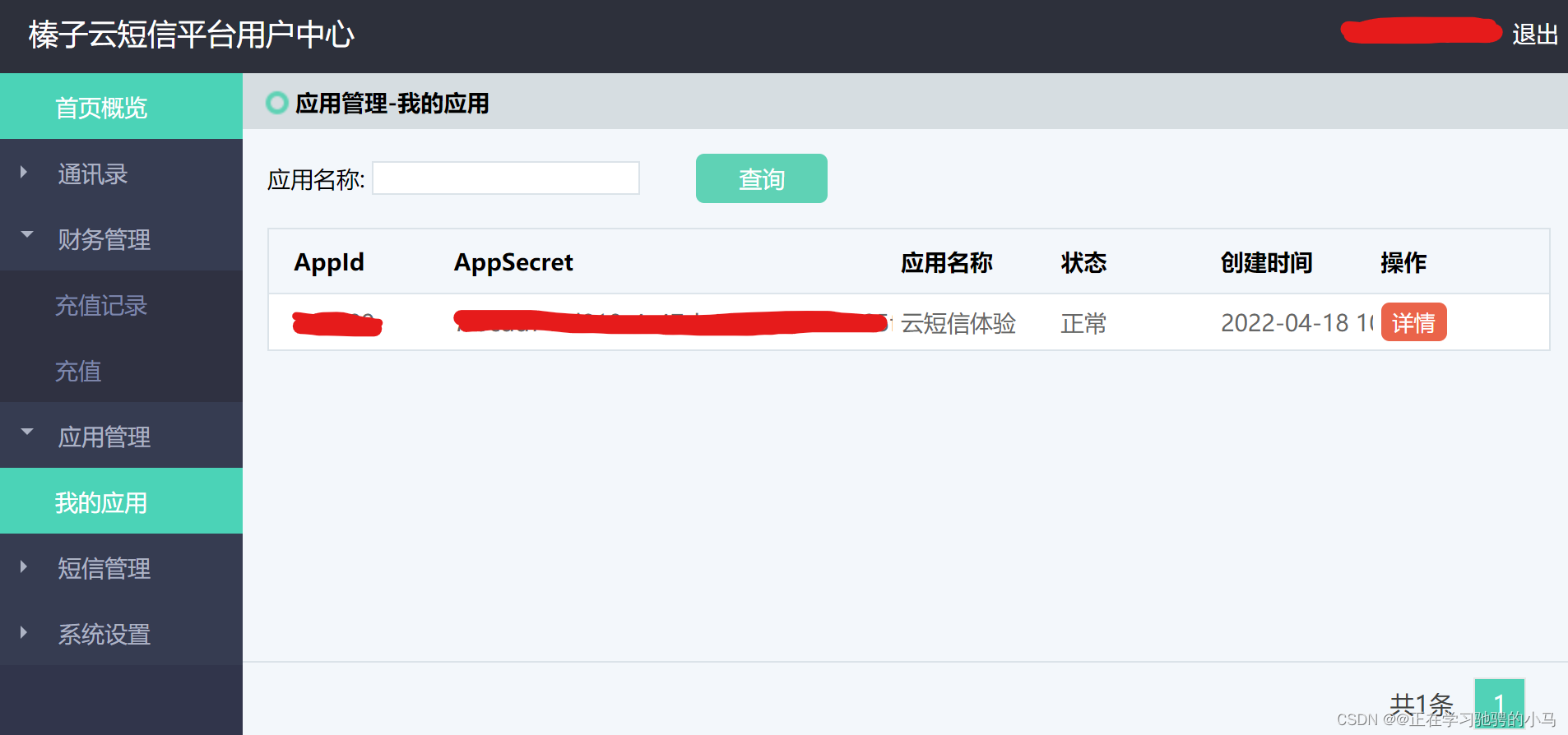
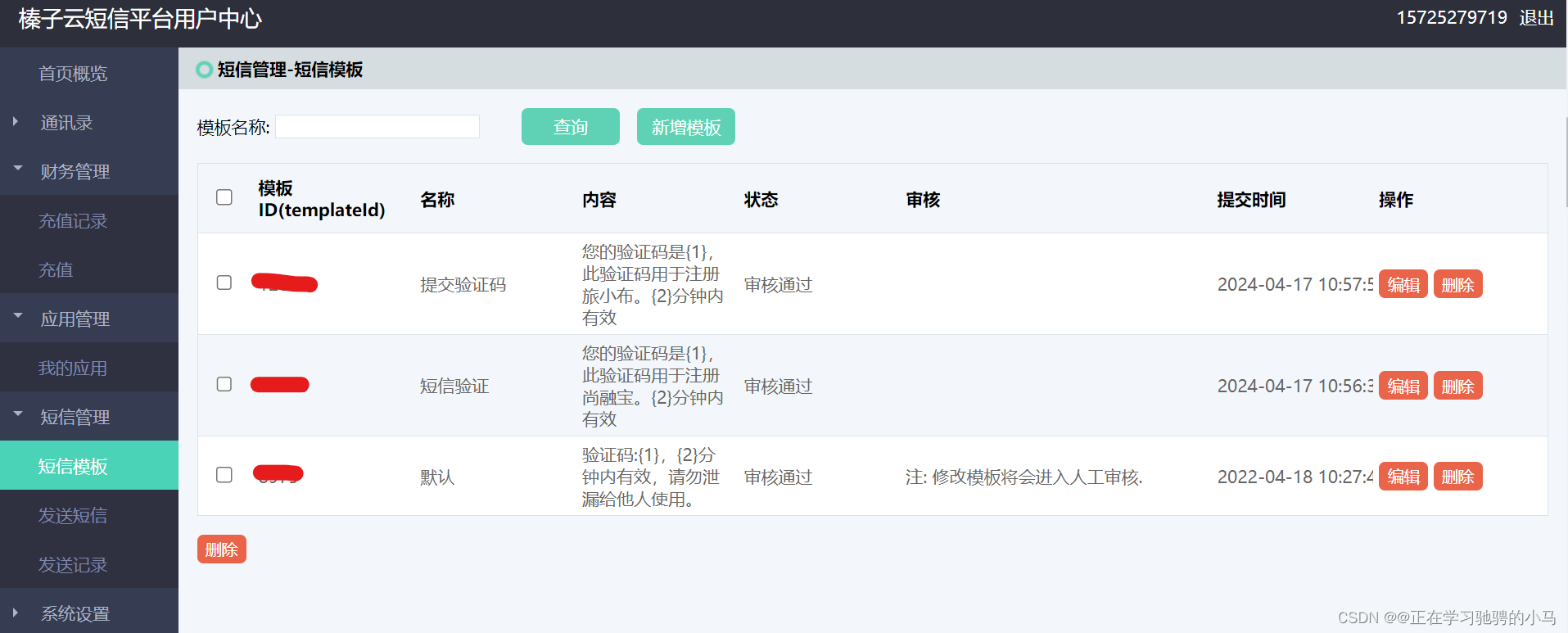
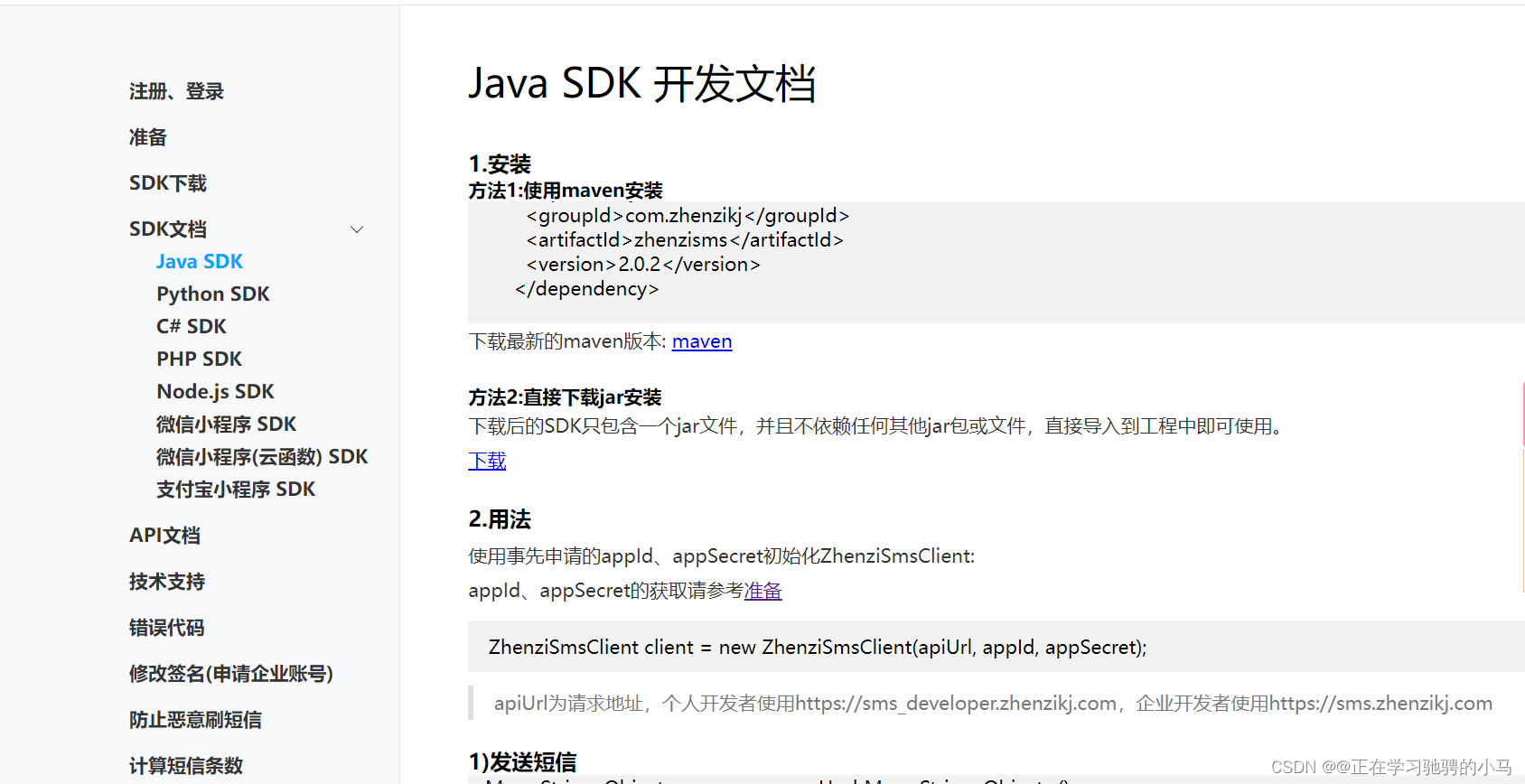














 1677
1677











 被折叠的 条评论
为什么被折叠?
被折叠的 条评论
为什么被折叠?








